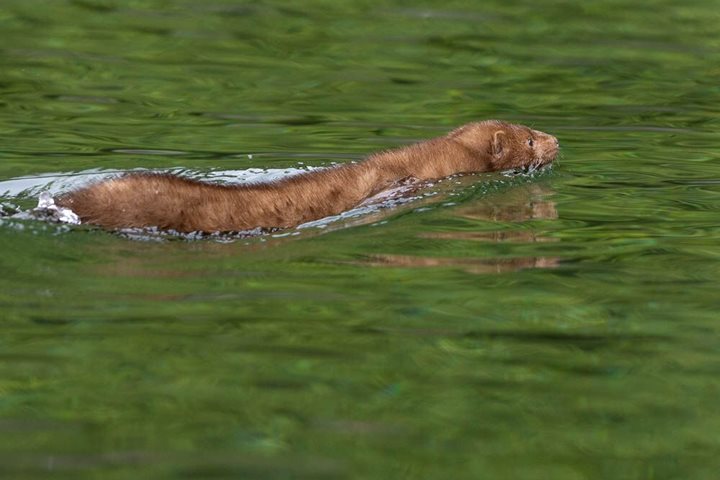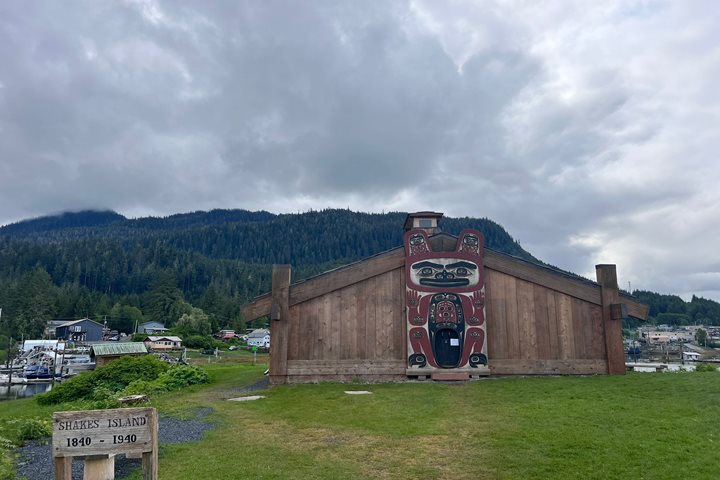Sadly, our trip is coming to an end on National Geographic Sea Lion, but we were able to stop at a quaint Alaskan town called Wrangell before heading to Ketchikan. Arriving the day before the Fourth of July meant there were a bunch of activities in town. The morning started off with the chance to see beautiful scenery, and most of the staff and guests went on a jet boat tour. The wildlife did not disappoint, as we got the chance to see a bald eagle’s nest, harbor seals, and black bears! In the afternoon, guests milled around town, checking out local shops in the small town during the holiday weekend. The fun didn’t stop there. As we cruised after dinner, breaching orcas were spotted from the bow! It was an incredible sight, and a moment that I’m sure no one will soon forget.
6/5/2025
Read
National Geographic Sea Lion







